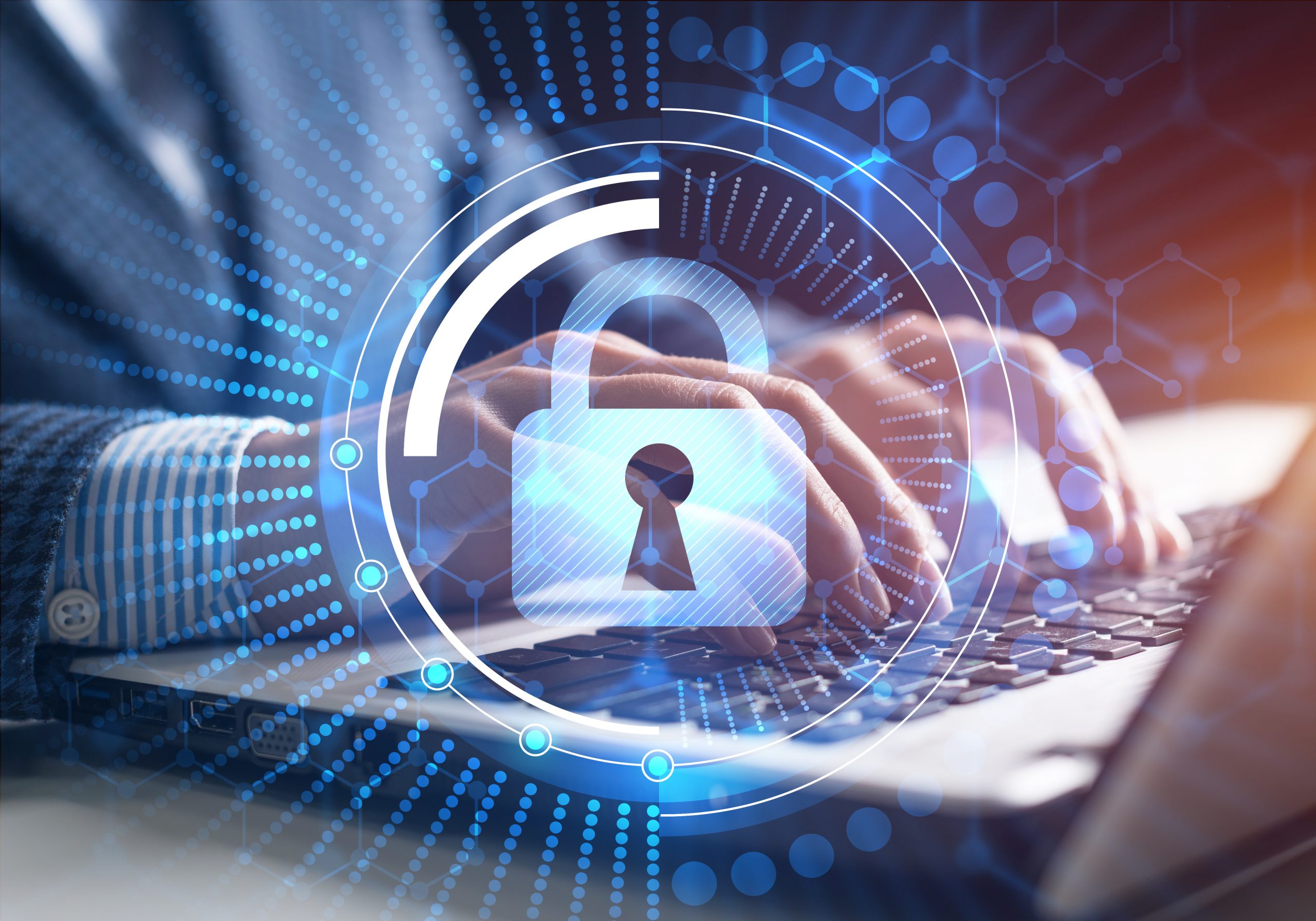Never Trust. Always Verify.
With today’s workforce accessing networks inside and outside your organization’s security perimeter, you can never let your guard down on who is snooping in your network. With a Zero Trust model, there is no such thing as a trusted source.
The days when only static perimeter protection using firewalls, intrusion detection and response systems, and passwords was used to restrict network access is losing relevance. In today’s world, resources are spread across multiple locations. Mobile, cloud, IoT and edge computing creates numerous entry points, making assets behind the perimeter increasingly difficult to defend. And once a person is granted access, there is typically no further authentication procedures required for, say, an insider gone rogue to download high-value assets.
With a Zero Trust strategy, every attempted access is subject to strong authentication and verification. It identifies individuals seeking access, confirms their rights to the device being used to access, and ensures both are authorized to access the resource requested.
Zero-Trust Essentials
Magna5 recommends leveraging a series of integrated identity and verification measures to limit unauthorized access.
- Multifactor authentication– Grants users network access upon showing two or more forms of identification based either on what they know (password), possess (physical item like token or cellphone), or inherently contain (fingerprint or retina). Your account is 99.9% less likely to be compromised if you use MFA!
- Encryption– Converts sensitive data into code and can only be accessed or decrypted by a user with the correct encryption key. Strong key management is critical to protect the encryption keys that decrypt that data.
- Microsegmentation– Breaks networks into separate zones in data centers and cloud deployments that allow you to isolate workloads and protect them individually. It enables you to tailor security settings to different types of traffic, creating policies that limit network and application flows between workloads to those that are explicitly permitted. The goal is to decrease the network attack surface. Microsegments can be based on user group, location or logically grouped applications.
- Least privilege principles– Grants users bare minimal access privileges necessary to perform their specific roles. By strictly limiting who can access critical systems, you reduce the risk of intentional data breaches and unintentional data leaks. It helps stop the spread of malware and reduces the cyber-attack surface.
- Endpoint security– Monitors workstations and servers for sophisticated malware and evolving cyber attacks. It provides visibility into all endpoint activity to quickly detect and mitigate advanced threats before they reach and jeopardize data across your organization. No matter where your employees are working, endpoint security can safeguard your network infrastructure with real-time detection and response.
- Continuous monitoring– Security information and event management provides real-time analysis of log events and detects malicious activities that may go unnoticed. It analyzes and correlates events, and then generates security alerts of suspicious activities. SIEM improves incident management by allowing a security team to identify an attack’s route across the network, identifying the compromised sources and providing the automated mechanisms to stop the attacks in progress.


